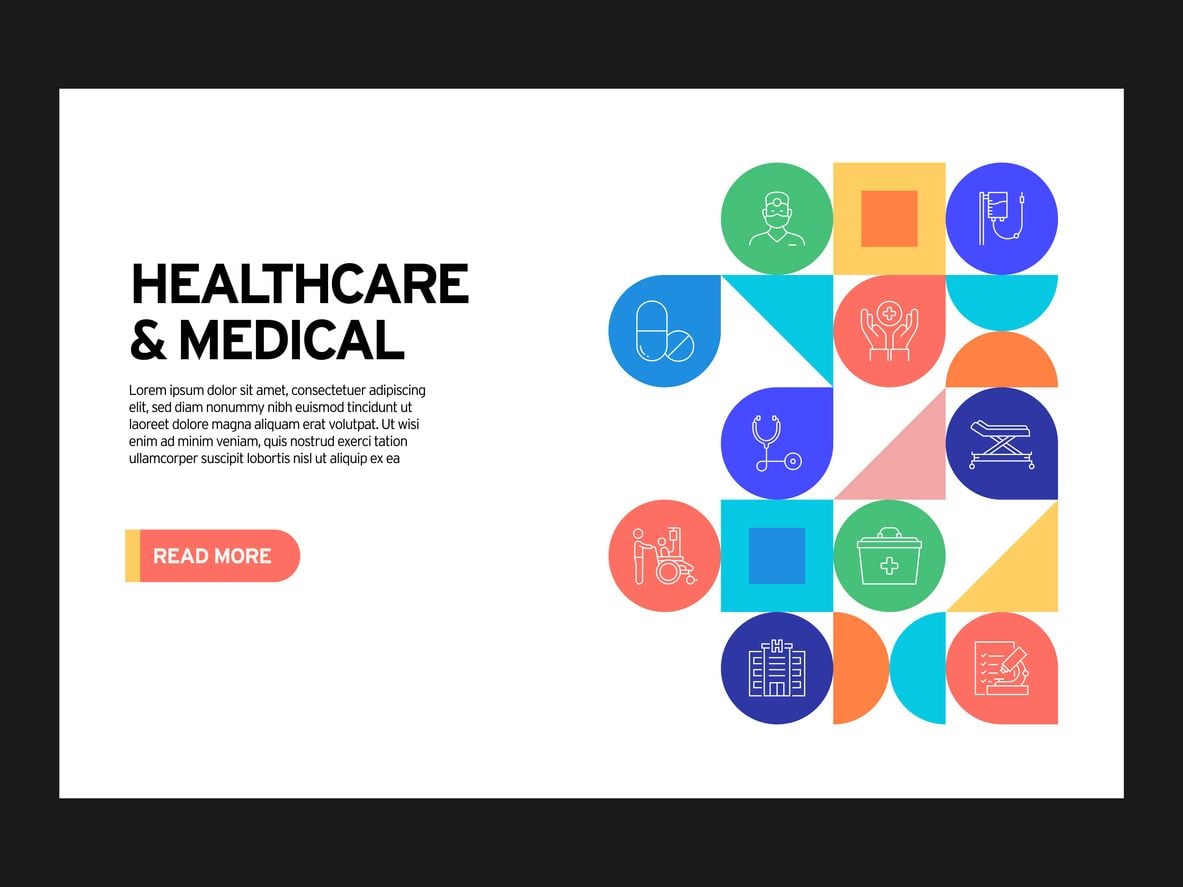Create impactful presentation slides for your next medical conference
)
Tips on structuring, writing, and visualising content for medical conference presentations
In the fast-paced world of medical research and education, a well-designed slide deck can be the difference between delivering an engaging, memorable session or losing your audience to distraction. Whether you're supporting a medical conference presentation, specialist workshop, or a continuing professional development (CPD) program, crafting clear, compelling slides is a key skill for medical writers and educators alike.
Here are our top tips for structuring, writing, and visualising content that makes an impact.
1. Start with a clear structure
Great slide decks begin with a clear narrative arc. Even in scientific or clinical education, storytelling elements help learners stay engaged and retain information. Before you open PowerPoint, outline your core message and key takeaways. Ask:
- Who is the audience?
- What should they learn, understand, or do differently as a result?
- What clinical or scientific context do they need?
A classic educational structure follows this flow:
- Introduction: Set the scene. Why does this topic matter now?
- Presentation (learning) objectives: Define 2-4 clear, actionable goals.
- Main content: Organise by themes or case-based scenarios.
- Summary or takeaway messages: Reinforce the core points.
- Q&A or discussion prompts: Invite interaction if relevant.
>> Clarity from the outset helps streamline slide content, avoids tangents, and ensures an audience-centred approach.
2. Write for the slide, not the script
Slides are visual tools, not word documents. Resist the temptation to paste full paragraphs or read aloud from bullet points.
Keep these principles in mind:
- One idea per slide: Avoid overcrowding. Break complex topics into manageable parts.
- Concise text: Aim for no more than 6 lines per slide and 6-8 words per line.
- Active language: Use verbs that drive understanding (e.g., “assess,” “compare,” “interpret”).
- Professional tone, clear phrasing: Avoid jargon unless it’s audience-appropriate.
>> If detailed data or narrative is needed, include a speaker script or presenter notes, not extra text on the slide.
3. Visualise to maximise understanding
Visuals do more than decorate slides—they support comprehension, especially for complex or abstract concepts. Use visuals to:
- Explain processes (e.g., treatment pathways, mechanisms of action)
- Show comparisons (e.g., before-and-after results, side-by-side trials)
- Highlight trends (e.g., graphs of outcome measures)
- Reinforce relationships (e.g., flowcharts or cause-effect diagrams)
Choose visuals purposefully:
- Graphs should be clear, labelled, and audience-friendly. Avoid cluttered axes and hard-to-read legends.
- Infographics help present guidelines, diagnostic steps, or checklists.
- Tables are best kept simple—if your table is too detailed, it might belong in a handout instead.
>> Always ensure visuals are properly sourced and aligned with copyright requirements.
4. Design with purpose
Slide design can make or break your educational content. Good design draws attention to the message without overwhelming it. Consider:
- Consistent formatting: Use templates with unified fonts, colours, and layouts.
- Readable fonts: Sans-serif fonts like Arial or Calibri are clear and professional. Use at least 20-point size for body text.
- High contrast: Ensure readability with good contrast (e.g., dark text on a light background).
- Whitespace: Give your content room to breathe. Crammed slides lead to cognitive overload.
>> If your audience includes people with visual impairment or older professionals, accessibility is even more critical.
5. Support learning with evidence and interactivity
In professional education, credibility matters. Support statements with high-quality evidence and include sources on each relevant slide. For continuing education sessions, referencing peer-reviewed literature or clinical guidelines strengthens trust.
Also, where appropriate:
- Include short case studies or patient scenarios
- Use audience polls or quizzes (via tools like Mentimeter or Slido)
- Pose reflective questions to encourage engagement
>> Interactive elements can significantly boost attention and retention—particularly in online or hybrid learning environments.
6. Edit ruthlessly, review collaboratively
After the first draft, it’s time to cut back. Medical writers should act as stewards of clarity—removing repetition, fine-tuning phrasing, and ensuring scientific accuracy. Seek feedback from clinical experts, educators, or even lay reviewers if targeting a broad health audience.
>> If the slide deck supports a live presenter, consider reviewing it alongside the script to ensure alignment in tone and emphasis.
Final thoughts
Creating impactful slide decks for medical conferences requires more than clinical knowledge—it demands clear thinking, strong writing, and visual storytelling. As medical writers, our role is to translate complex information into meaningful, actionable insights that educators can deliver with confidence.
Whether you're producing slides for a keynote speaker, a CME module, or a digital learning platform, remember: your audience’s time is valuable. Make every slide count.
---
Need expert help with your next slide deck?
At KMG Communications, we specialise in medical writing that educates, engages, and empowers. From concept to final polish, we’re here to help. Contact us for a free quote.
---
Author: Kara Gilbert, KMG Communications
| Tags:Latest News |

)